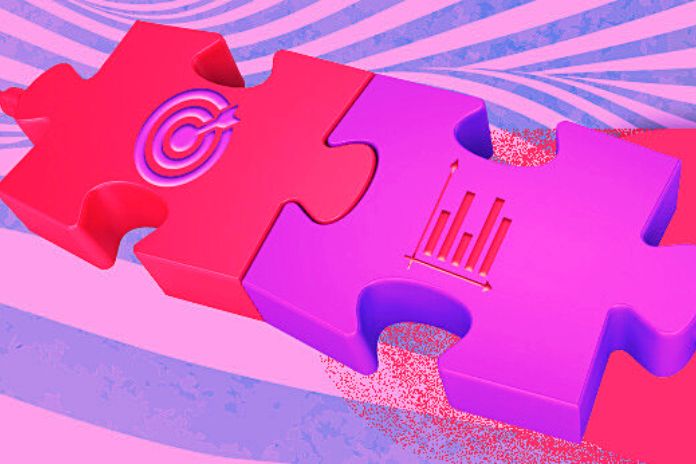When joining content marketing strategy, many companies have already heard the phrase: “content is king”. But more than beautiful and well-written content, good SEO practices are needed.
Without planning, your strategy will be doomed to failure without generating any results. So, first of all, you need to know the importance of the planning stage of a content marketing strategy.
In other words, content may even be king, but it needs a good strategist behind it so that the materials produced reach the objectives and expected results.
How Does A Content Marketing Strategy Work?
It is worth noting that the complete content marketing strategy consists of several steps :
Planning;
- Execution/creation of contents;
- Distribution of materials through different channels;
- Maintenance of periodicity and updating of contents;
- Analysis of results according to digital marketing KPIs ;
- Generation of ideas and insights for continuous improvement of the strategy.
Based on this knowledge, the strategy may rely on specialists at each moment mentioned above to develop actions in the best possible way. Just imagine a game of chess, then. For the content to be king, the pieces must work strategically, with knight, bishop and pawn movements following the player’s reasoning and planning to overcome the opponent and win the game.
In content marketing, this analogy works perfectly. The person responsible for the strategy to succeed must build efficient and assertive planning so that copywriters create content with high added value and of interest to their potential clients.
Thus, it is possible to attract visitors, turn them into leads, engage them in the purchase journey and support the conversion process into sales. And for those who don’t believe that content can bring in real customers, I want to bring some data:
- 56% have already purchased something from a company after reading a blog post, according to HubSpot ;
- 60% of people read a blog at least once a week, indicates another HubSpot survey ;
- 20% of marketing leaders described blogs as one of their “most important channels” for achieving goals, shows yet another HubSpot study ;
But for blogs and content to drive lead purchases, it takes the planning step of a content marketing strategy. Let’s take a closer look at planning and what happens if you skip this part!
What To Look For In The Planning Stage Of A Content Marketing Strategy?
In this context, it is clear that the planning stage of a content marketing strategy is essential. So, check out the main aspects that should be analyzed when planning:
Current situation of the company: first, it is necessary to analyze the company and its website to find out if there are any results or rankings for keywords.
Product or service offered: the next item on the list is to evaluate the products available according to the segment and size of the companies that buy this solution, the people who decide on the acquisition, the sales cycle, the purchase journey and the sales funnel. sales, among other factors.
Market context: here comes an important study of the market and the competition to determine if the scenario is hot or down for your service and to understand where your competitors are and what you need to do to overcome them.
Understanding of consumers: at this point, planning analyzes the pains, challenges and difficulties of leads, that is, the problems they face in their business, and your solution, service or product can solve that.
Main Consequences Of Skipping The Strategy Planning Stage
At the beginning of the text, we already mentioned that the absence of a content marketing strategy’s planning stage could seriously damage your company. After all, you will not achieve the expected results.
To clarify how content marketing without planning doesn’t work, I separated some recurring problems of businesses that execute creating content without a well-defined strategy.
- Produced content does not make sense to your potential customer;
- Materials do not follow a line of reasoning from one to the other;
- Contents lead nowhere;
- Materials are ignored because nobody is interested and engaged;
- Content does not help educate leads, nor make them aware of their pain, much less present services as a solution;
- Tips have low quality and low conversion;
- The company wastes time and money.
Also Read: Inbound Marketing And Content Marketing: Difference












